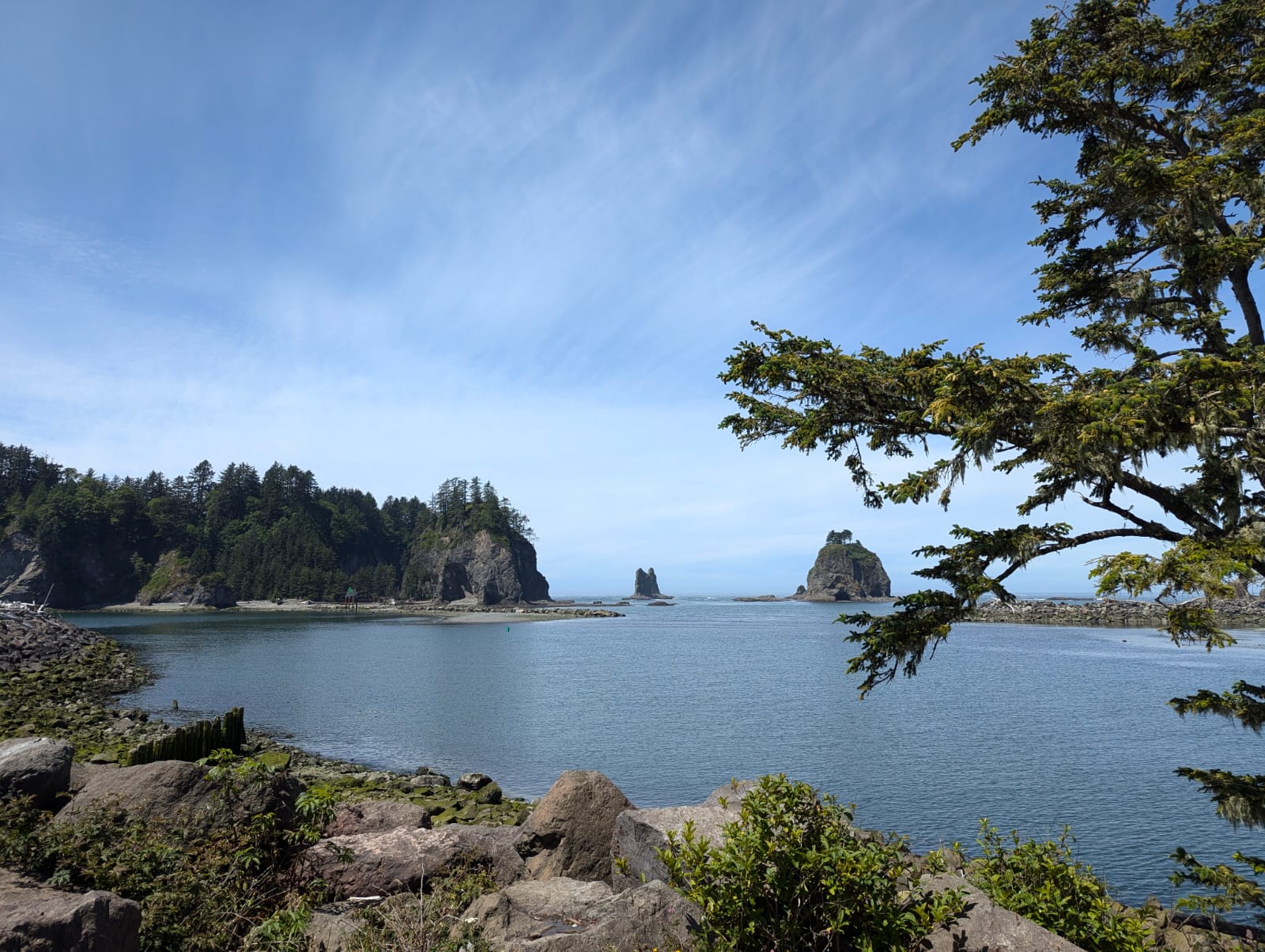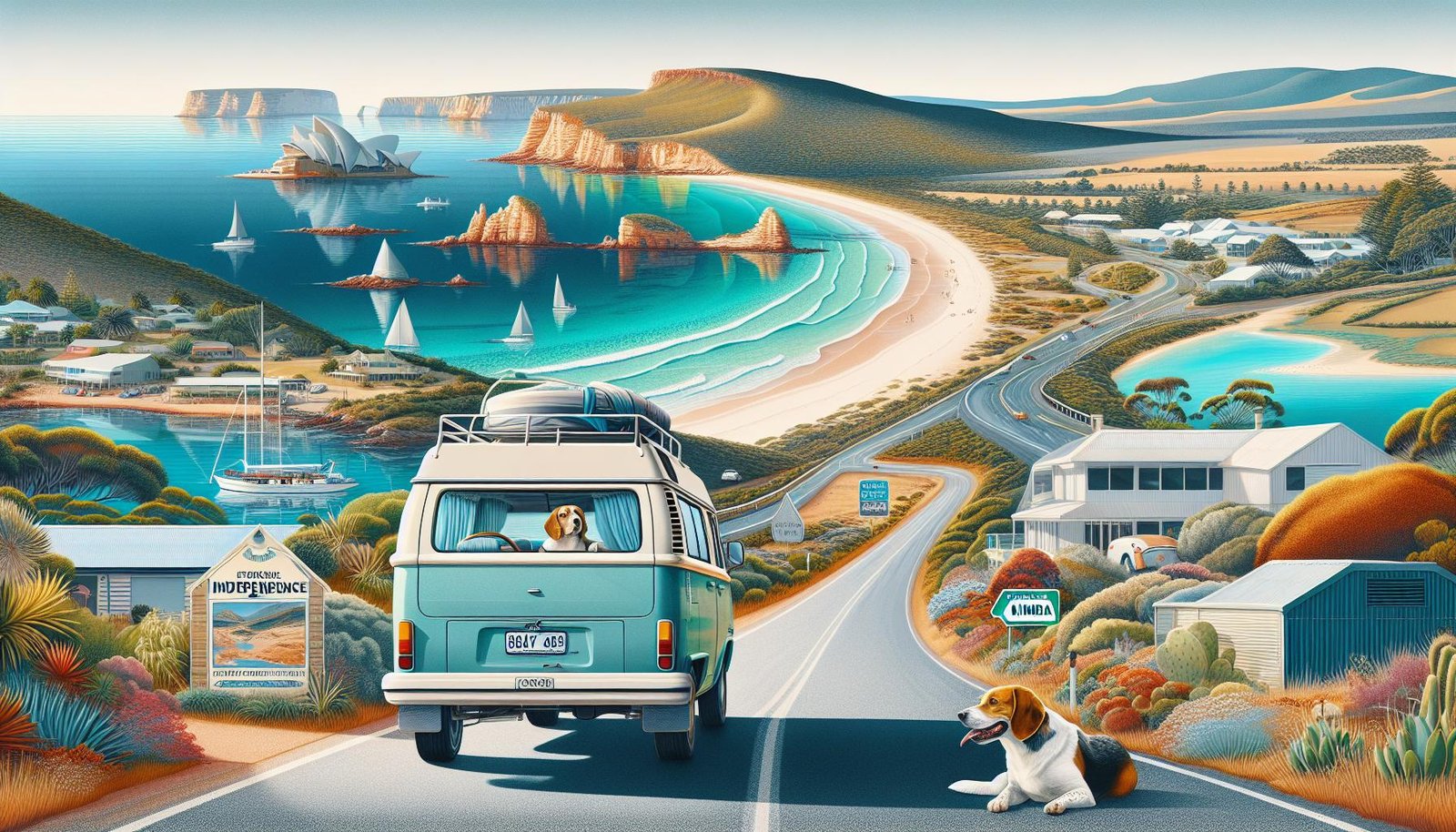Within the heart of Olympic National Park, Ruby Beach is a stunning coastal gem that offers visitors a unique and breathtaking experience. Known for its rugged shoreline, striking sea stacks, and ruby-colored sands, this beach is a must-visit destination for anyone exploring the Pacific Northwest. Whether you’re a nature enthusiast, a photographer, or simply looking to enjoy the serene beauty of the coastline, Ruby Beach has something to offer.
The Allure of Ruby Beach
Ruby Beach is renowned for its picturesque landscape, characterized by:
- Sea Stacks: These towering rock formations rise majestically from the ocean, creating dramatic silhouettes against the sky.
- Driftwood: The beach is littered with massive logs and driftwood, providing a natural playground for visitors and unique photo opportunities.
- Tide Pools: At low tide, the beach reveals a fascinating world of tide pools teeming with marine life such as starfish, anemones, and crabs.
- Ruby-Colored Sand: The beach’s name comes from the reddish hue of its sand, which glimmers in the sunlight and adds to the beach’s enchanting atmosphere.
Best Time to Visit Ruby Beach
Ruby Beach is a year-round destination, each season offering its own unique charm. However, the best time to visit depends on what you want to experience:
- Summer: The warmest and driest season, perfect for sunbathing, picnicking, and exploring tide pools. It’s also the busiest time, so expect more visitors.
- Spring and Fall: These seasons offer mild weather and fewer crowds. The beach is often shrouded in mist, adding a mystical quality to the landscape.
- Winter: The beach can be wild and stormy, providing a dramatic backdrop for photography. Dress warmly and be prepared for rain and wind.
Activities at Ruby Beach
Ruby Beach offers a variety of activities for visitors of all ages and interests:
- Beachcombing: Explore the shoreline for unique rocks, shells, and pieces of driftwood.
- Photography: Capture stunning images of the sea stacks, tide pools, and the ever-changing light and weather conditions.
- Hiking: Take a short hike from the parking area to the beach, and continue exploring the coastline or nearby trails.
- Wildlife Viewing: Keep an eye out for seabirds, eagles, and occasionally seals and sea otters.
Tips for Visiting Ruby Beach
To make the most of your visit to Ruby Beach, consider the following tips:
- Check the Tide Tables: Visit during low tide to explore the tide pools and get closer to the sea stacks. Be cautious of the rising tide to avoid being trapped.
- Dress in Layers: The weather can change quickly, so wearing layers ensures you stay comfortable.
- Bring a Camera: The beach’s natural beauty is a photographer’s dream, so don’t forget your camera or smartphone.
- Pack a Picnic: There are no facilities at Ruby Beach, so bring your own food and water. Remember to pack out all trash to keep the beach pristine.
Getting to Ruby Beach
Ruby Beach is located on the western coast of Olympic National Park, accessible via Highway 101. The beach is approximately 27 miles south of Forks, Washington. The parking area is a short walk from the beach, with a well-maintained trail leading down to the shoreline.
Nearby Attractions
While Ruby Beach is a highlight of any visit to Olympic National Park, there are several other nearby attractions worth exploring:
- Kalaloch Beach: Just a few miles south of Ruby Beach, Kalaloch offers more stunning coastline and the famous “Tree of Life” hanging precariously over a bluff.
- Hoh Rain Forest: A short drive inland, this temperate rain forest is home to lush greenery, towering trees, and diverse wildlife.
- Lake Quinault: Located to the south, Lake Quinault is a beautiful glacial lake surrounded by hiking trails and historic lodges.




